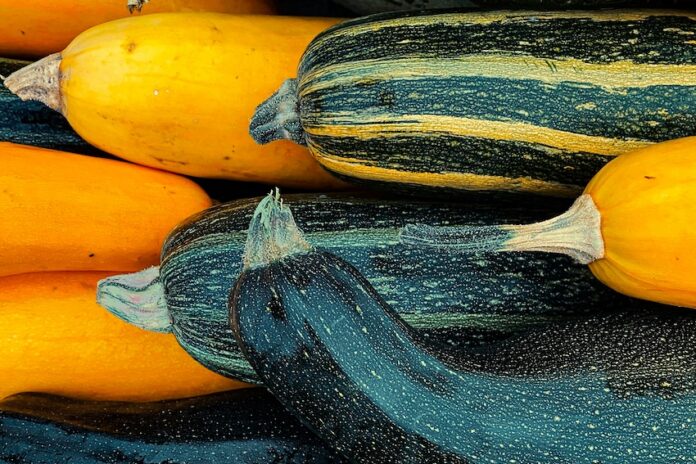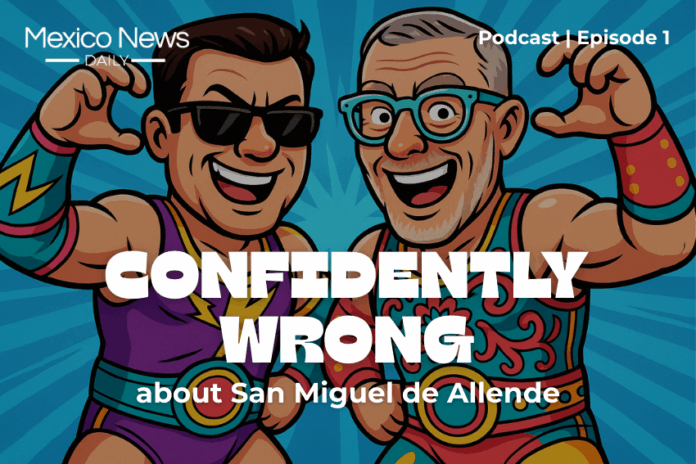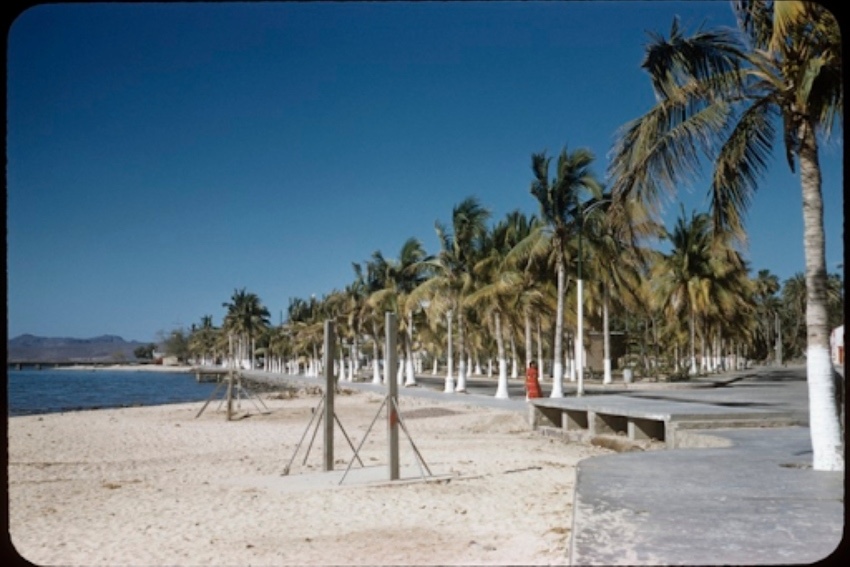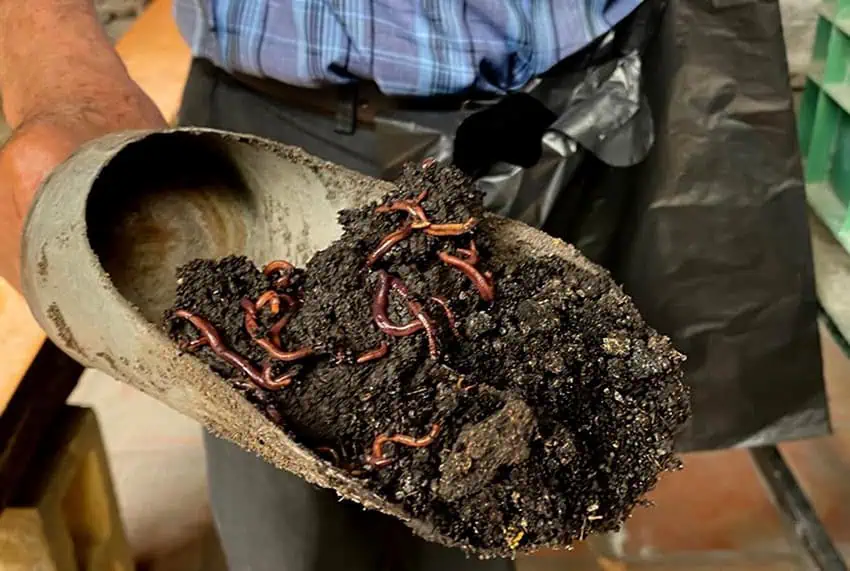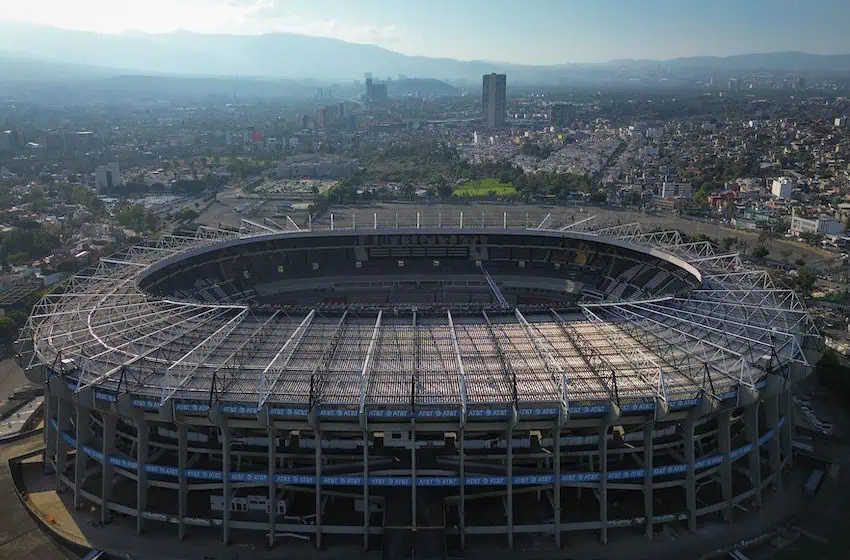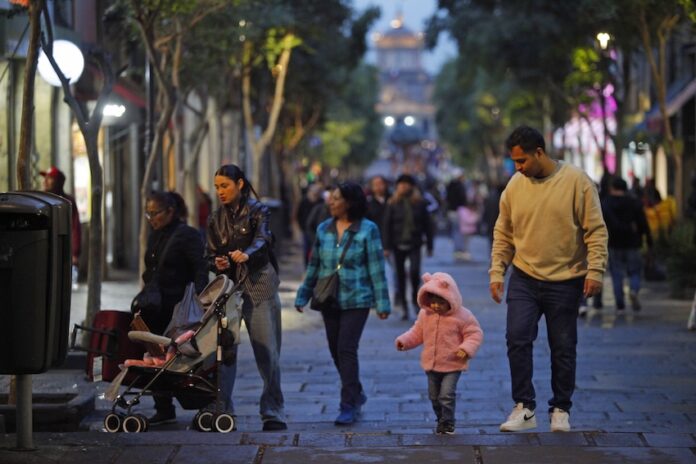This December, a new development is set to open on Riviera Nayarit’s northern coastline. Meet Nauka, a members-only residential community, and within that, Siari, a Ritz-Carlton Reserve that shares the land but operates independently. Marketed as a sanctuary of jungle, mangroves, volcanic cliffs and golden-sand beaches, the project is also emblematic of a broader shift in Nayarit, where luxury development is pushing farther north, reshaping what has traditionally been one of Mexico’s more remote stretches of Pacific coast.
Opening the Northern Coast
Until recently, this area was difficult to reach. A two-and-a-half-hour drive on winding local roads kept it beyond the reach of most visitors. That has begun to change with the construction of a new toll highway, slated to be completed in October. Developers say the road will cut travel times down to about 45 minutes. Coupled with a new airport terminal in Tepic and an express shuttle service that will run from that airport to the coastline when it launches in December, it could make the region accessible for weekenders from California, Texas, and beyond.
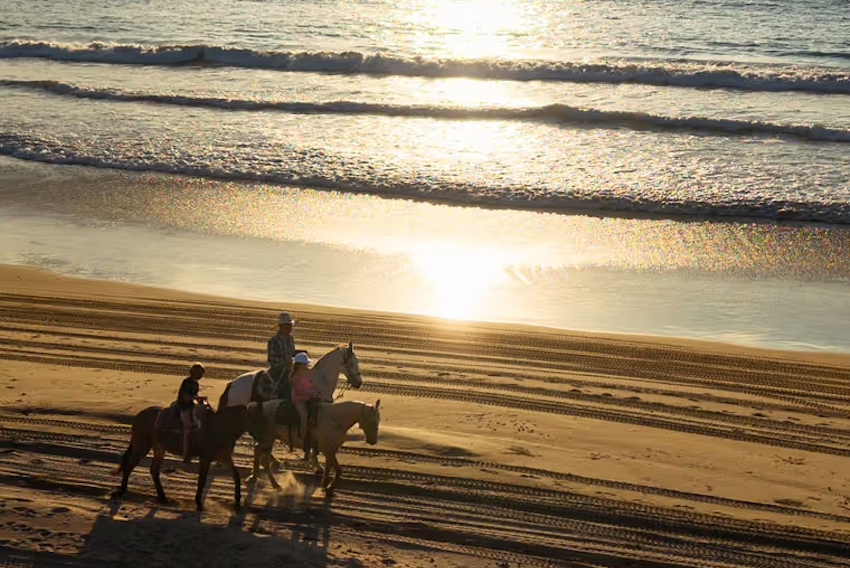
Mark Birnbaum, co-founder of Life Properties and a partner in the project, calls the new infrastructure a game-changer, and it is. But for longtime residents of the coast, it raises familiar questions about who will benefit most, and what kind of Riviera Nayarit will emerge once accessibility is no longer an obstacle.
The making of Nauka
Set across 800 acres, Nauka takes its name from the Huichol word for “Four.” The number is a reference to its four distinct landscapes: jungle, cliffs, mangrove estuaries and oceanfront. Developers emphasize that only 400 memberships will be sold, tied to private residences or lots. Rentals are restricted to other members and their guests, avoiding platforms like Airbnb.
The vision is community, but an exclusive one featuring beach clubs, restaurants, wellness areas and a Tom Fazio-designed golf course. A deep-water marina, expected to open next year, will add 250 boat slips.
Siari, A Ritz-Carlton Reserve
Sharing the same stretch of coastline is Siari, A Ritz-Carlton Reserve, an 87-room hotel with 34 branded residences. Unlike traditional resorts, Ritz-Carlton Reserves are positioned as ultra-luxury properties tied closely to their natural setting and local traditions.
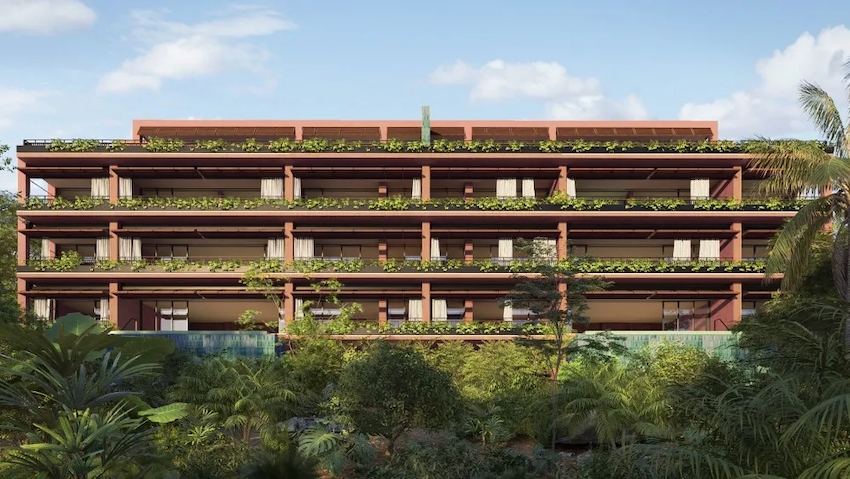
Guests at Siari will have their own enclave, with dedicated restaurants, wellness offerings and cultural programming. Residents of Nauka will be able to use select Siari amenities, but access does not flow the other way. Hotel guests can move freely through Nauka’s members-only areas.
Riviera Nayarit’s development crossroads
For some, Nauka and Siari are signs that Riviera Nayarit is entering the same luxury boom that transformed Los Cabos and Punta Mita in recent decades. Advocates argue that the projects bring jobs, investment and international attention to a region long overlooked. Developers have pledged to hire locally and source products and food from nearby communities.
But the arrival of another master-planned community also feeds into ongoing debates about coastal development in Mexico. Who gets access to the country’s beaches? What ecological costs are at stake? How will small fishing or farming communities nearby be folded (or not) into the region’s new economy?
Environmental preservation, developers say, is part of Nauka’s DNA
“We treat this land as environmentally preserving as humanly possible,” Birnbaum said, adding that design choices were made to integrate residences with the surrounding landscapes.
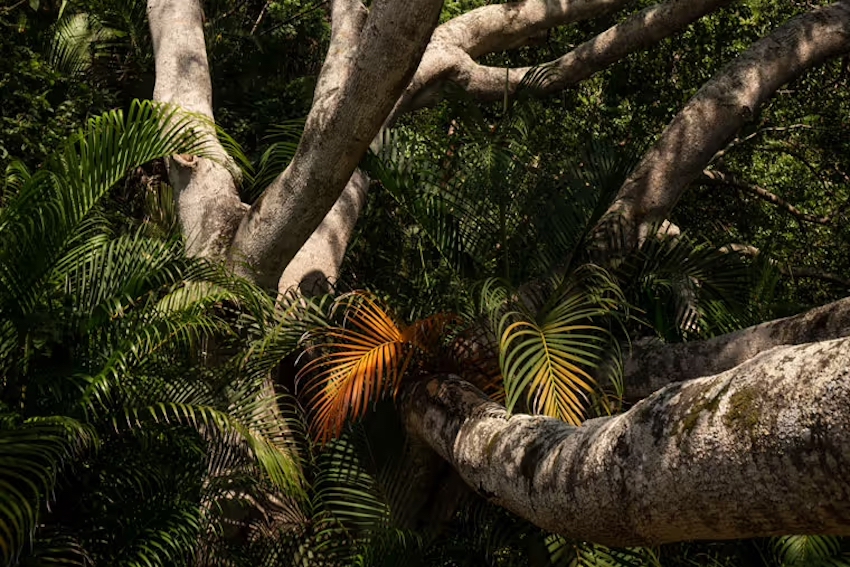
Furthermore, Mexico’s current administration is establishing new measures to protect the country’s resources in the face of growing development. Earlier this year, UNESCO and SECTUR established a new partnership to bolster public policy on sustainable, cultural and community-based tourism. Nayarit is one of the seven participating states.
Mexico also has a legal and regulatory framework that supports the sustainable development of master-planned communities. The General Ecological Balance and Environmental Protection Law (LGEEPA) is the central piece of environmental law in Mexico and governs environmental protection, impact, natural resource conservation and pollution control. To obtain permits, new developments must meet stringent criteria for protecting the natural environment.
Still, with 800 acres of formerly untouched coastline now earmarked for golf courses, marinas and residences, the tension between growth and conservation is not easily resolved.
Why Mexico, why now?
Mexico’s Pacific coast has already proven the appeal of second-home ownership through projects in Puerto Vallarta and Punta Mita. But with those areas increasingly crowded, the push farther north is, in some ways, inevitable. The new highway and airport cement Riviera Nayarit’s position as the next frontier.
Birnbaum describes it succinctly: “You look at Hawaii and Costa Rica. They are beautiful, but far. Here you get the same beauty, but without the long flights or jet lag.”
That pitch may resonate with buyers in Texas, California, Arizona and Nevada, where two- to three-hour flights put Nayarit within easy reach. But for others, it raises familiar concerns. Namely, that Mexico’s coasts risk becoming increasingly carved up into enclaves that cater more to second homeowners and luxury travelers than to local residents or everyday visitors.
Looking ahead in Riviera Nayarit
Nauka and Siari are expected to fully open this December, with the marina and additional residential offerings to follow in 2026. Developers say the membership will remain capped at 400, and beyond the Ritz-Carlton Reserve, no further hotels are planned for the property.
Whether the development becomes a model of sustainable growth or another flashpoint in Mexico’s ongoing struggle to balance tourism with conservation remains to be seen. What is clear is that this stretch of Nayarit, long protected by geography, is entering a new era.
Wherever you stand, the coastline north of Punta Mita will no longer be a blank spot on the luxury traveler’s map.
Meagan Drillinger is a New York native who has spent the past 15 years traveling around and writing about Mexico. While she’s on the road for assignments most of the time, Puerto Vallarta is her home base. Follow her travels on Instagram at @drillinjourneys or through her blog at drillinjourneys.com.

